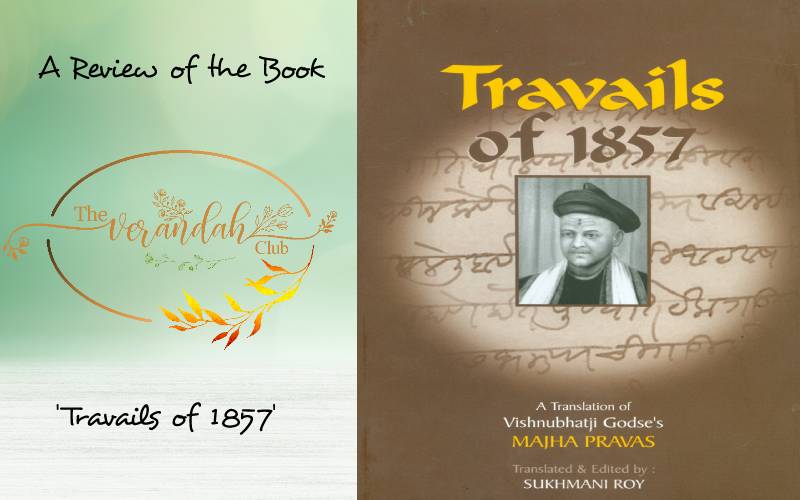
Author: Vishnubhatji Godse
The ‘Travails of 1857’ is a unique literary masterpiece of great socio-historic significance that portrays the eye-witnessing saga of the trials and tribulations of 1857 from an observant, informed, Indian perspective. The extent of Visnubhatji's direct involvement in it remains under wraps, but the strange combination of compelling candidness and vague disjointedness of the narrative invites the readers to read between the lines and explore the untold aspects of the saga.
The book was originally known as ‘Majha Pravas’ and has been translated into English from Marathi (Modi manuscript). Modi, perhaps derives from the Marathi verb, Modane which means ‘to bend or break.’ Modi is believed to be derived from broken Devanagari characters, which lends support to that particular etymology. The translator, Sukhmani Roy is a direct descendant of Vishnubhatji Godse (1827 - 1901) and works as Head, Dept. of English at Smt. P. N. Doshi Women's College, Ghatkopar Mumbai. Her fine translations of Kamal Desai's Marathi novels won wide critical acclaim. Sukhmani Roy has sporadically published short stories, poems and articles in Marathi and has also translated into English short stories of other Indian women writers. Her areas of research and interest are feminism and post-modernism. Sukhmani Roy's articles have been published by several international publications.
The book under consideration is based on the real-life experiences of Vishnubhatji Godse and his Kaka (uncle) Rambhat. Vishnubhatji had committed to write this travelogue in the year 1883. This was 23 years after his return to Varsai, his native place. The travelogue is based on his experiences that carved his life between the years 1857 and 1860. However, the work is qualitative due to the sharp intelligence and unfailing memory of Vishnubhatji, and largely because of the intense, indelible imprints of the general upheaval during those years of turmoil and unrest. Vishnubhatji had written this travelogue on the request of his family's host, Bharatacharya C. V. Vaidya. The author did not want the work to be published during his life time. Vaidya had preserved the manuscript for 24 years and got it published in 1907. The learned scholar, Vaidya was an Honorary Fellow of Bombay University. Vaidya edited the manuscript by making a few additions and deletions before publishing it in Devanagari. Fortunately, he had submitted the original Modi manuscript to Bharat Itihas Sanshodhak Mandal at Pune, an important body of Historical Research in 1922.
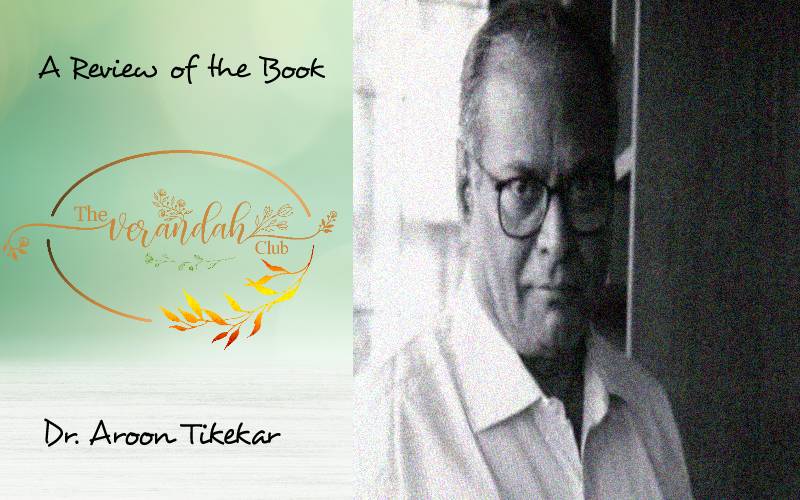
Dr. Aroon Tikekar - President, The Asiatic Society of Mumbai has given a qualitative Foreword. "Sukhmani Roy on her part, willingly went through the exertions of academic rigour and involved herself with the project thoroughly. She even obtained the latitudes and longitudes of all the places visited by Vishnubhatji and arranged to get the scale maps of his travel routes. She dug out all possible references and wrote copious notes for the better comprehension of the non-Marathi readers. Her critical review of the various editions and translations of ‘Majha Pravas’ is a scholarly exercise by itself... Her hinting of the possibility of direct involvement of Kaka and Vishnubhatji in the guise of innocent Brahmins during the uprising cannot be ruled out.” states Dr. Aroon Tikekar in his Foreword.
The translator, Sukhmani Roy happens to be the great-great-great-grand daughter of Vishnubhatji Godse. The book had been worked upon by her cousin, Chandrashekhar Govind Oak. He had begun to translate this book in 2006 but had unfortunately passed away in 2008. It had been the wish of his mother, wife, and son, that Sukhmani Roy takes up the work. She has done so well by not disturbing or trying to interpret. She has given the reader the freedom to do so. Arohi Vijh, the son of Sukhmani Roy had scanned the work and put it on the net as early as 2000. Her husband, Surya Roy Vijh had helped her by going through the drafts. A large number of people had helped the publication. It had taken more than a century to get the original view in English!
We get to know about the family and background of Vishnubhatji. The financial woes of the family are listed and the reasons can be understood. They get to learn that Baijabai Shinde was conducting the Sarvatomukha Yajna at a huge cost. Vishnubhatji and his uncle decided to participate in the Yajna, earn some money in order to settle the financial issues faced by the family. They begin by 1857, only to return without accomplishing much financially by 1860. Vishnubhatji has explained the ethos of the moment quite well. The reader will get to understand the conditions in North India during the middle of the nineteenth century. Post offices, carts, villages, local customs etc., are part of this descriptive travelogue. The reader would get transported into the past for the book would act like a time machine.
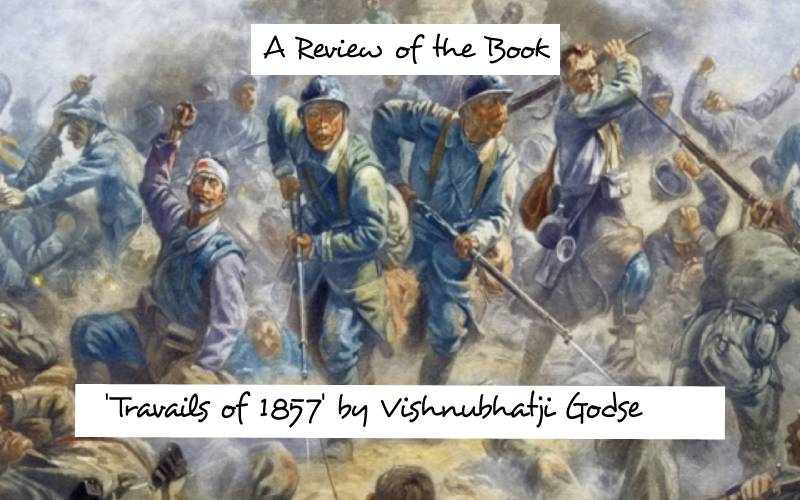
Interesting terms like ‘Chief of Charities’ had been in vogue then. The manner in which the travellers stayed in choultries, the purchase of pots, and the ingredients required for cooking in each location are explained in a vivid manner. Readers would get a first-hand account about the movement of troops, battles, sieges, massacres, and looting while going through the book. Tantiya Tope, Nana Saheb, a number of English officers and Rani Lakshmi Bai of Jhansi in particular will come alive while reading this unforgettable experiences. The Mahalakshmi Temple at Jhansi was built by Newalkers would stay in our hearts.
The Raja of Jhansi, Gangadharbaba was known to cross-dress and would be found wearing bangles. One can get to see the Rani of Jhansi in the book. She had been a true patriot and a committed warrior. Her noble qualities are witnessed in person by Vishnubhatji Godse. The Rani's attire, jewellery, and military measures can be seen through the book in an interesting manner. Jhansirani states that she was trying to serve the cause of Hinduism by doing her duty. A number of characters, cities, towns and villages are part of the narration. Kanpur, Kasi, Gwalior, Ujjain etc., can be experienced in this write up. The scenes of revenge and burning of entire localities are horrifying.
Vishnubhatji Godse and his uncle visit Ayodhya and offer their prayers. The author talks about the huge number of Temples in the birth place of Rama. Vishnubhatji brings the Ganga Kavad for his parents. He gives them a holy bath on his return. The narration includes interesting descriptions and it is absolutely enjoyable. The book is a compelling read. Sukhmani Roy has given numbered end notes in the tail end of the book. A number of terms and places are explained in detail. These notes are bound to enrich us.
The slender and young warrior queen, Rani Lakshmi Bai of Jhansi and her young son on horseback are sure to stay in our memories for ever. Kudos to Vishnubhatji Godse Varsaikar and his great-great-great-grand daughter, Sukhmani Roy!
Jai Hind … Vande Mataram!
Mr. Rajesh Govindarajulu is one of the founding members of the Verandah Club Pvt. Ltd. He is a leading columnist, historian, jeweler, entrepreneur, and a heritage enthusiast who is earnestly working to revive the past in the light of the present. Experiential learning about the history of Coimbatore is his main course of interest and he is also a panel member of many colleges in the city.
NEXT ARTICLE

Saiswaroopa Iyer is an author who needs no introduction. She is one of the authors who pioneered Puranic fiction in India with books exploring tales f...
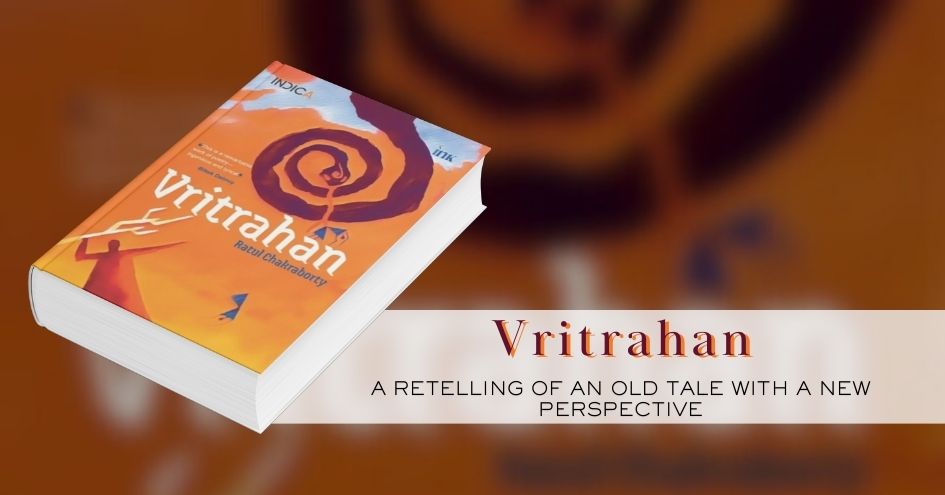
Indra killed Vritra using his Vajra. Once again, good won over evil and dharma over adharma. This is a story most Bharatiyas know. The story is a pa...
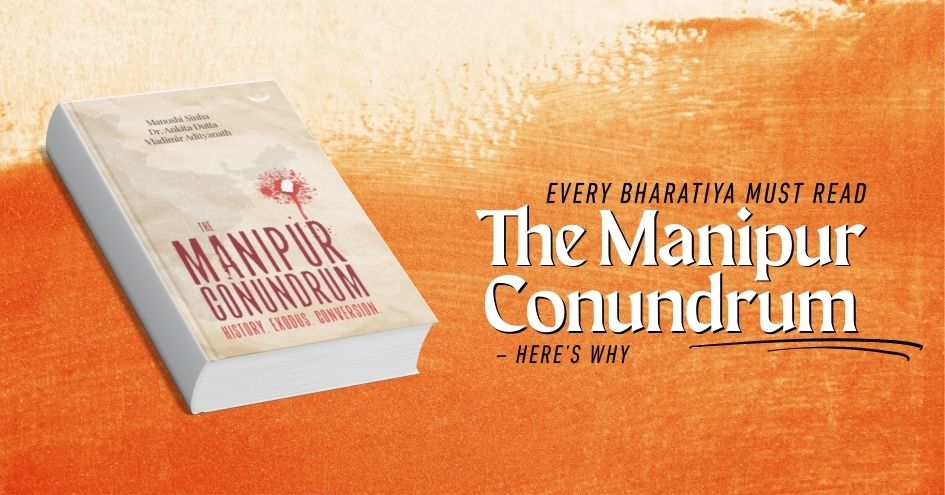
The recently-released book on Manipur titled The Manipur Conundrum – History. Exodus. Conversion. – is the result of tiring efforts by three Bharatiya...